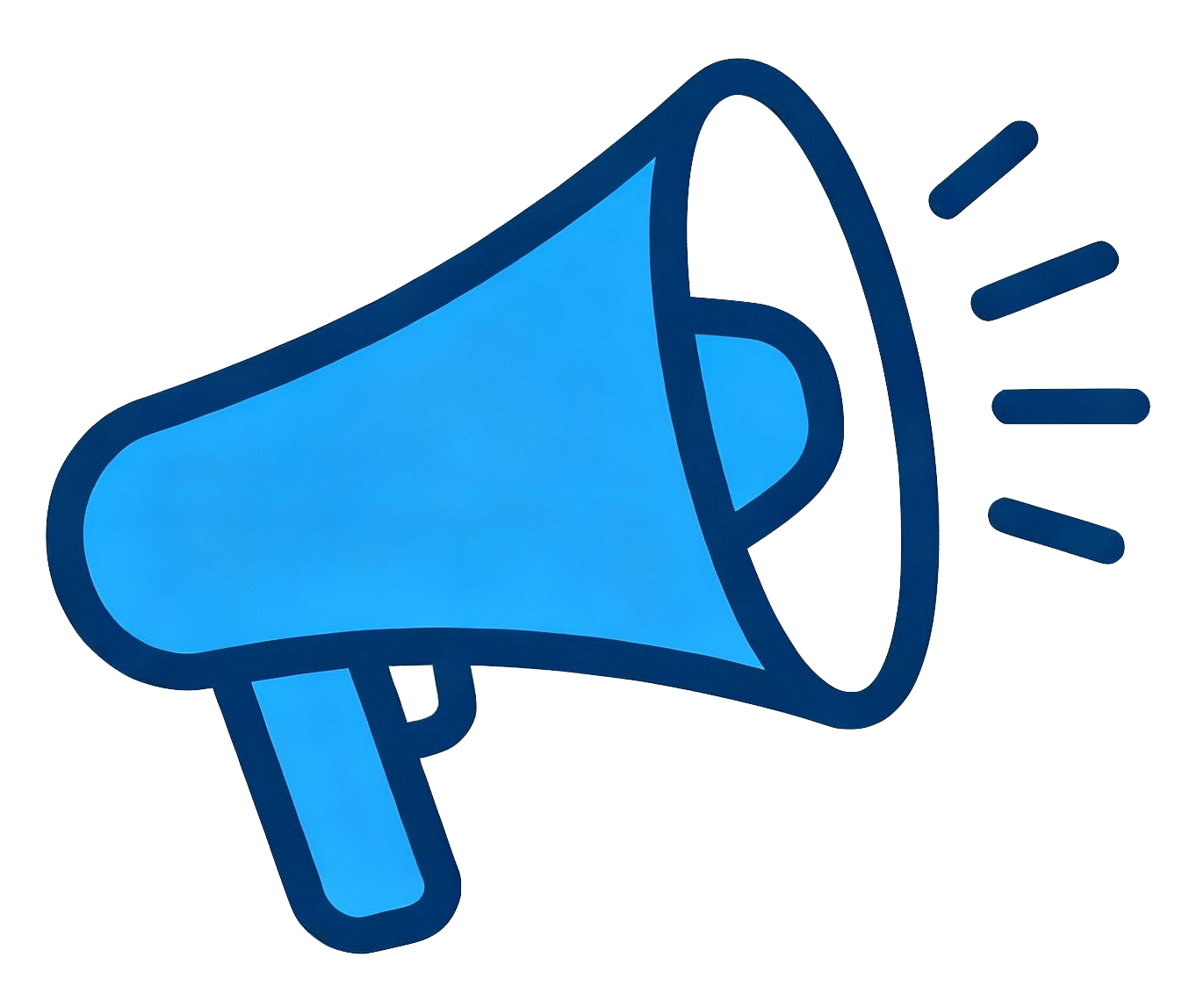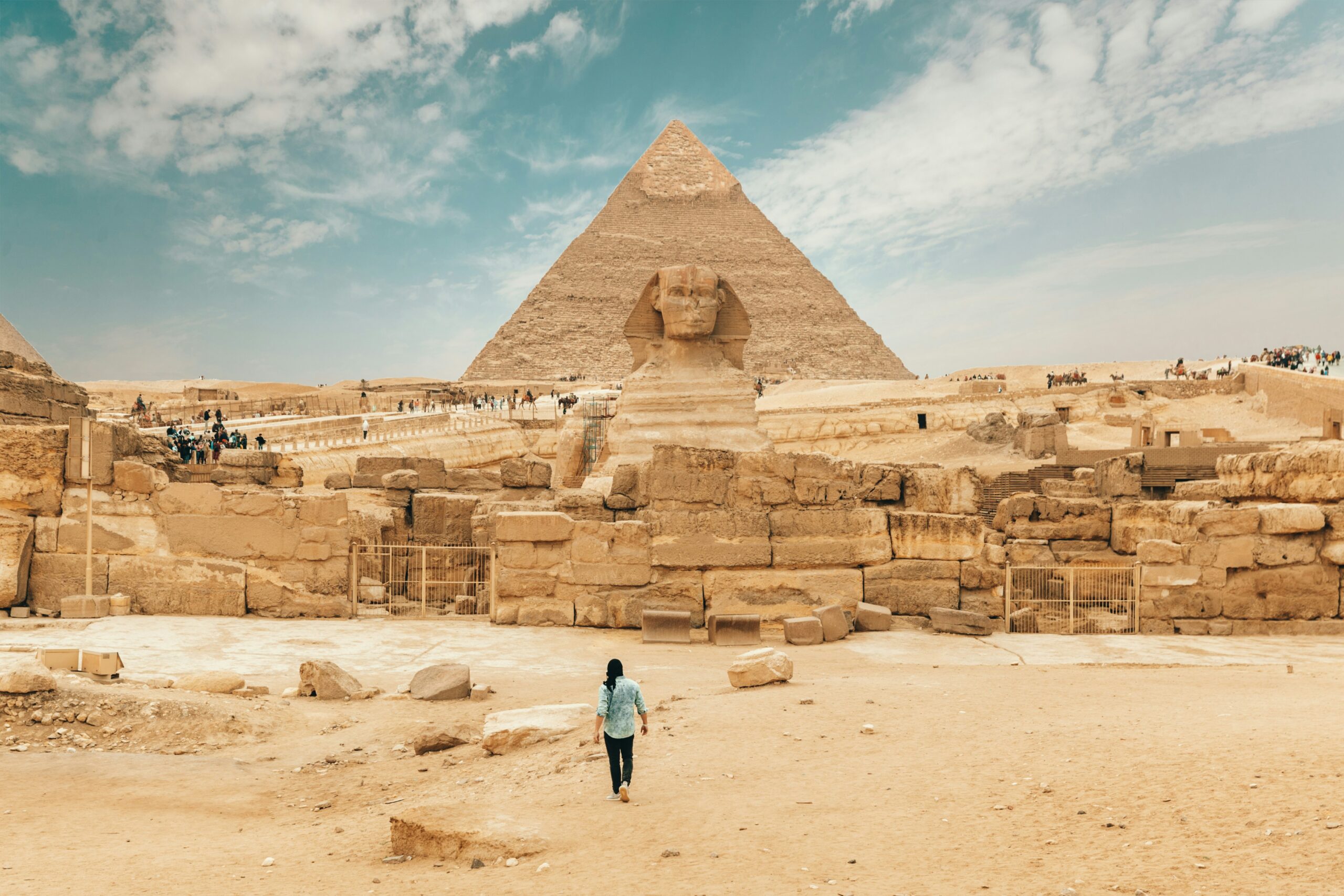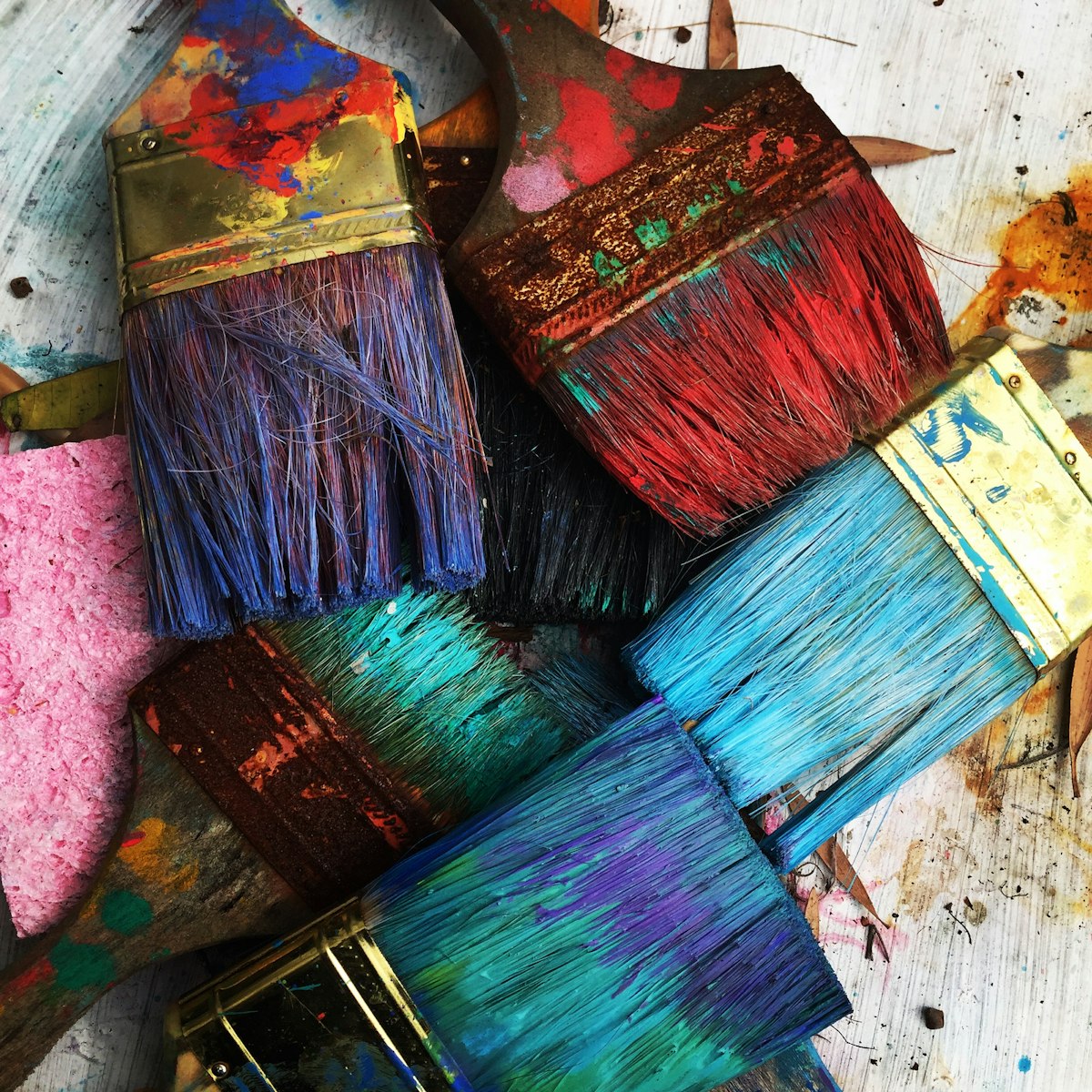The Smithsonian Institution has unveiled a groundbreaking new exhibition celebrating Indigenous Heritage Month, featuring over 200 artifacts, contemporary artworks, and interactive displays that highlight the rich cultural traditions of Native American communities across the United States.
The exhibition, titled “Voices of the First Peoples: Celebrating Indigenous Heritage and Resilience,” opened this week at the National Museum of the American Indian in Washington, D.C. It represents one of the most comprehensive displays of Indigenous culture and history ever assembled by the institution.
Dr. Maria Redcloud, lead curator of the exhibition and member of the Lakota Nation, described the project as a labor of love that has been years in the making. “This exhibition is not just about preserving the past,” Dr. Redcloud explained during the opening ceremony. “It’s about celebrating the living, breathing cultures that continue to thrive and evolve today. We want visitors to understand that Indigenous peoples are not relics of history—we are vibrant, contemporary communities with profound contributions to American society.”
The exhibition features rare historical artifacts including traditional clothing, ceremonial objects, and tools dating back centuries, alongside contemporary Indigenous art that addresses modern themes of identity, sovereignty, and environmental stewardship. Interactive digital displays allow visitors to hear Indigenous languages, traditional songs, and oral histories directly from community members.
Joseph Whitehorse, a cultural anthropologist and consultant on the project from the Navajo Nation, emphasized the importance of Indigenous voices in shaping the exhibition. “For too long, Indigenous stories have been told by outsiders,” Whitehorse noted. “This exhibition was created in collaboration with tribal elders, artists, and historians from over 50 Native nations. Every artifact, every description, every narrative was reviewed and approved by the communities it represents.”
The timing of the exhibition coincides with National Native American Heritage Month, observed each November to recognize the contributions and heritage of Native Americans. However, organizers chose to open the exhibition in October to extend the celebration and allow more time for educational programming and community events.
“Indigenous Heritage Month is about more than just acknowledgment,” said Dr. Redcloud. “It’s about education, understanding, and building bridges between communities. We hope this exhibition will inspire conversations about the ongoing challenges facing Indigenous communities, from language preservation to land rights to cultural sovereignty.”
The exhibition will remain open through next year and includes a robust calendar of events, including traditional dance performances, artisan demonstrations, film screenings, and lectures by Indigenous scholars and activists. The Smithsonian has also developed educational materials for schools and organized special programs for Native youth.
Source: Aggregated by MetaNews USA — original reporting credited to Smithsonian Magazine and cultural heritage journalists, with commentary from museum curators and cultural anthropologists.useum curators and cultural anthropologists.








